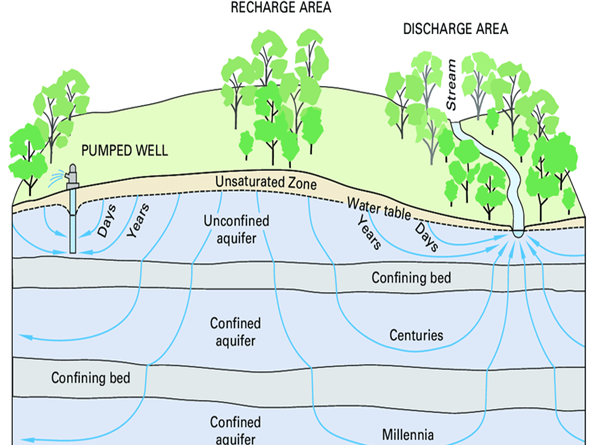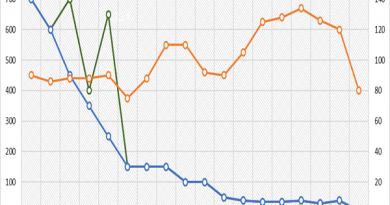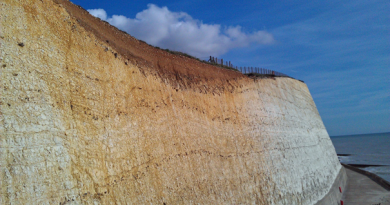The Maths – LGM total ice volume
Extract from the book: The Post-Glacial Flooding Hypothesis
In a later paper, Lemieux (2017) had constructed a model to calculate the amount of LGM total ice volume that is absorbed into the ground to become groundwater.
“Glaciations are known to have a large and long-lasting impact on groundwater flow. Several geochemical and isotopic studies have shown that water of glacial origin is still present in basins in North America and northern Europe that were formerly covered by ice-sheets. The presence of glacial water is commonly identified by low salinity, depletion in heavy isotopes such as 18O and 2H, high excess air, cold recharge temperature inferred from noble gases, and old groundwater age”.
Moreover, what the research article also provides is the evidence that the meltwater will recharge the groundwater under the landmass as it recharges it throughout the glaciers life-cycle and not just the end during the glaciers retreat.
“Subglacial recharge of meltwater is the prevailing hypothesis of recharge of water of glacial origin during the Pleistocene. Ice-sheets can be partially wet-based due to basal friction and can release large volumes of subglacial meltwater. If the permeability of the ground is sufficient, it was put forward that meltwater could infiltrate into the subsurface under pressure exerted by the ice sheet showed that recharge of supraglacial meltwater could also occur below ice-sheets due to the presence of crevasses”.(Lemieux,2017)
The paper also concluded that “By the end of the glacial maximum (15 ky B.P.), the meltwater contents in the intermediate and lower aquifers are about 10 and 12.5%, respectively and in the same aquifers, meltwater has travelled about 50 and 75 km”.
Therefore, even BEFORE the ice cap retreated and completely melted, meltwaters had moved tens of kilometres into the surface and had partly recharged the aquifers. (The Maths – LGM total ice volume)
The conclusion by Lemieux indicates that “The average infiltration/exfiltration fluxes range between 1 and 12 mm/a. Using mixed, ice sheet thickness-dependent boundary conditions for the subglacial environment, it was estimated that 15–70% of the meltwater infiltrated into the subsurface as recharge, with an average of 43%.”
Therefore, we can now return to our original meltwater calculation of 8.42 quadrillion tonnes of water for the Fennoscandia & U.K. Ice Sheet to give us an estimate of groundwater in the land at the end of the last ice age. (The Maths – LGM total ice volume)
According to ‘Table 1’ The Fennoscandian and Great Britain ice sheet covered 9.18 106 KM2, which is equivalent to:
- 8.42 106 Gigatonnes of water / 9.18 106 km2, which gives us 0.92 Gt per km2
- 0.92 Gt of water at a penetration rate of 43%, give us 0.4 Gt of water per km2
- 0.4 Gigatonnes of water by U.K. landmass 242,495 km² give us 96,998 Gt of groundwater in the ground even BEFORE the start of the Meltwater pulses
Moreover, this water will be released at a rate of 1 – 12mm per annum and be at a depth of possibly 75km. Therefore, to release groundwater at a depth of 75km at an average rate of 6mm per annum would take 12,500 years – not the 1,200 years previously believed, which is just the surface meltwater from the latter stages of last ice age. (The Maths – LGM total ice volume)

More information on LGM Ice Volume can be found: https://youtu.be/j5LJ2sGcKOA
Further Reading
For information about British Prehistory, visit www.prehistoric-britain.co.uk for the most extensive archaeology blogs and investigations collection, including modern LiDAR reports. This site also includes extracts and articles from the Robert John Langdon Trilogy about Britain in the Prehistoric period, including titles such as The Stonehenge Enigma, Dawn of the Lost Civilisation and the ultimate proof of Post Glacial Flooding and the landscape we see today.
Robert John Langdon has also created a YouTube web channel with over 100 investigations and video documentaries to support his classic trilogy (Prehistoric Britain). He has also released a collection of strange coincidences that he calls ‘13 Things that Don’t Make Sense in History’ and his recent discovery of a lost Stone Avenue at Avebury in Wiltshire called ‘Silbury Avenue – the Lost Stone Avenue’. (The Maths – LGM total ice volume)
Langdon has also produced a series of ‘shorts’, which are extracts from his main body of books:
For active discussions on the findings of the TRILOGY and recent LiDAR investigations that are published on our WEBSITE, you can join our and leave a message or join the debate on our Facebook Group.
(The Maths – LGM total ice volume)





Pingback: BGS Prehistoric River Map -
Pingback: BGS Prehistoric River Map -